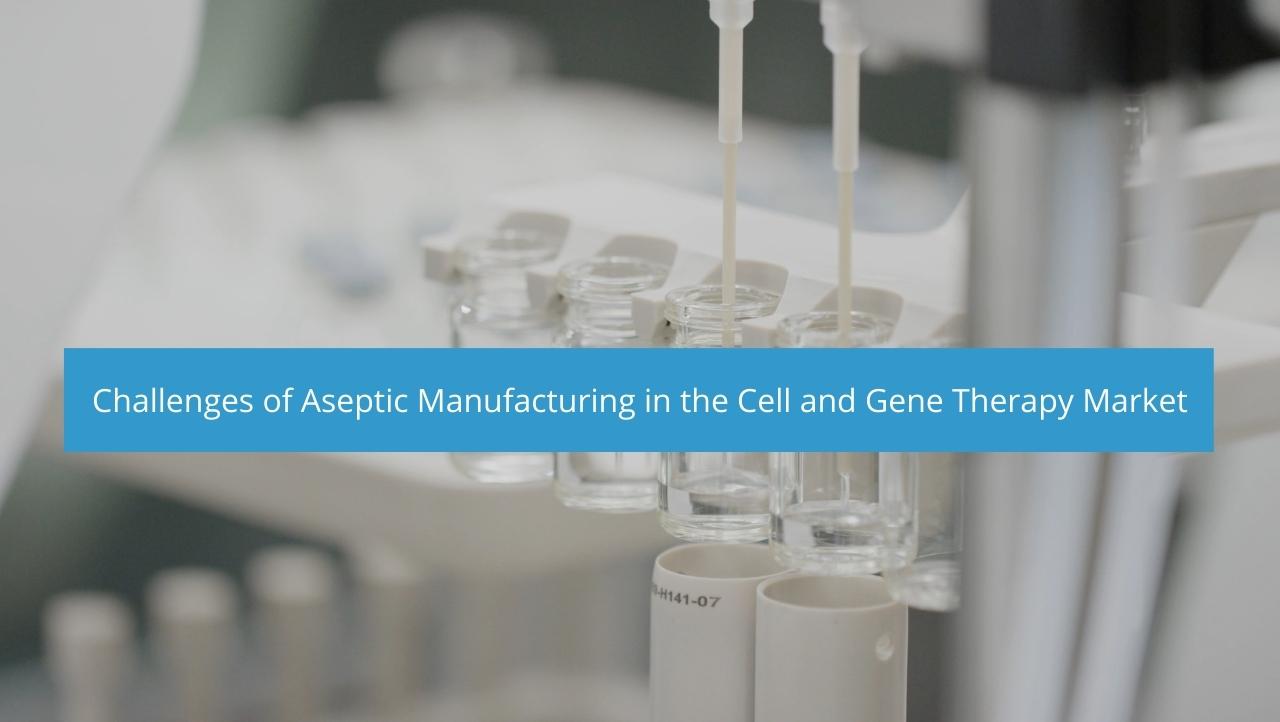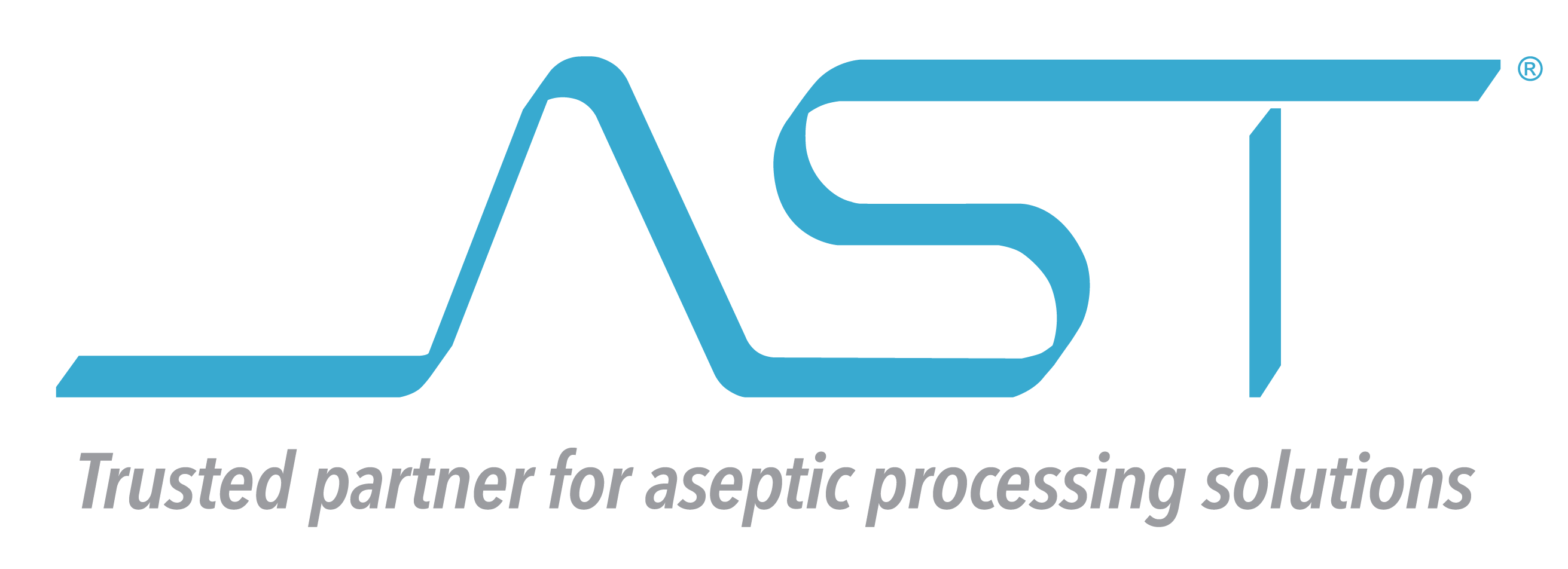Challenges Facing Aseptic Manufacturing in the Cell and Gene Therapy Market

Cell and gene therapies continue to gain significant traction in the biopharmaceutical world. While this technology continues to grow, challenges will inevitably follow. When it comes to aseptic fill/finish challenges, these 4 are ones to consider:
1. Minimizing waste.
The biggest culprits for waste are time and product. When talking about the importance of eliminating wasted time, patients are often relying on lifesaving treatment to reach them, and time wasted in production only increases the amount of time that a patient must wait.
For product waste, the last thing anyone wants is to lose lifesaving medicine due to product loss, which might mean having to bring an already compromised patient in for another blood draw or making a patient wait longer for the medicine they need.
These challenges can be addressed with proactive strategies to help reduce time and product waste:
First, utilizing 100% IPC with zero-loss strategies that prevent containers from being improperly filled, optimized fluid paths, highly accurate pumps, and contamination control.
Second, covering the back end with full batch accountability and traceability in an electronic batch record (EBR) is the most effective way to demonstrate that your containers are being filled exactly as intended.
2. Containers and container closure integrity (CCI) with low temperature.
Cell and gene therapies often have finished products that must be preserved at ultra-low temperatures. This presents challenges that need to be addressed at every point in the fill/finish process, particularly when it comes to container closure integrity.
Ensuring that the container and closure being used are compatible with ultra-low temperatures and giving your machine the ability to handle those formats can make all the difference in your business.
3. Flexibility
Flexibility within your machine prevents you from being pigeonholed into one type of configuration that can restrain your ability to aseptically fill and finish a variety of drug products. Giving yourself the flexibility to process a larger range of containers and add new formats in the future allows for less wasted time, less machine downtime, and a higher bottom line.
4. Pharmaceutical complexity and footprint
Batch sizes for gene and cell therapy are typically on the smaller side, which may not be well suited for larger-scale machines that have a larger footprint, more complexity, and require more infrastructure. For gene and cell therapies, space and simplicity are going to be the name of the game.
Having smaller machinery requires less cleanroom space, using fewer utilities and freeing up space for other processes. More straightforward equipment also requires less training and maintenance. Couple that with utilizing ready-to-use (RTU) containers and your amount of infrastructure and complexity drastically decreases.

